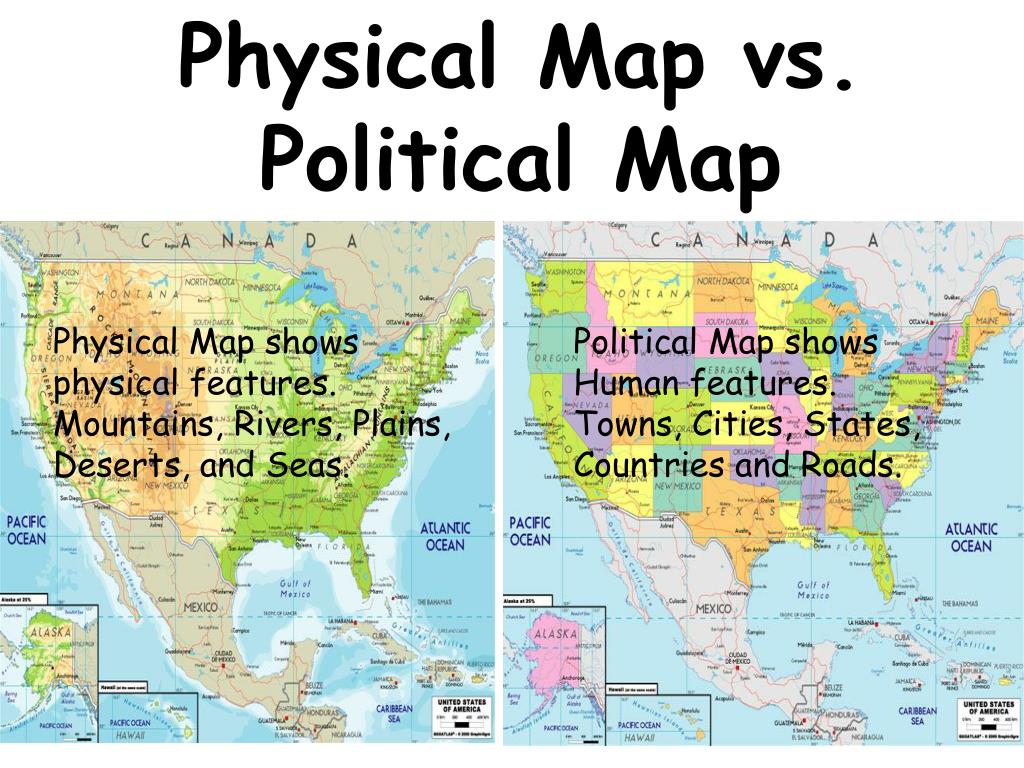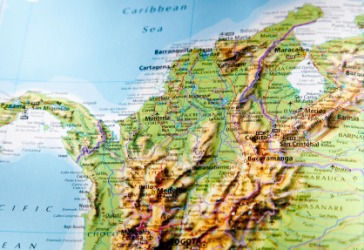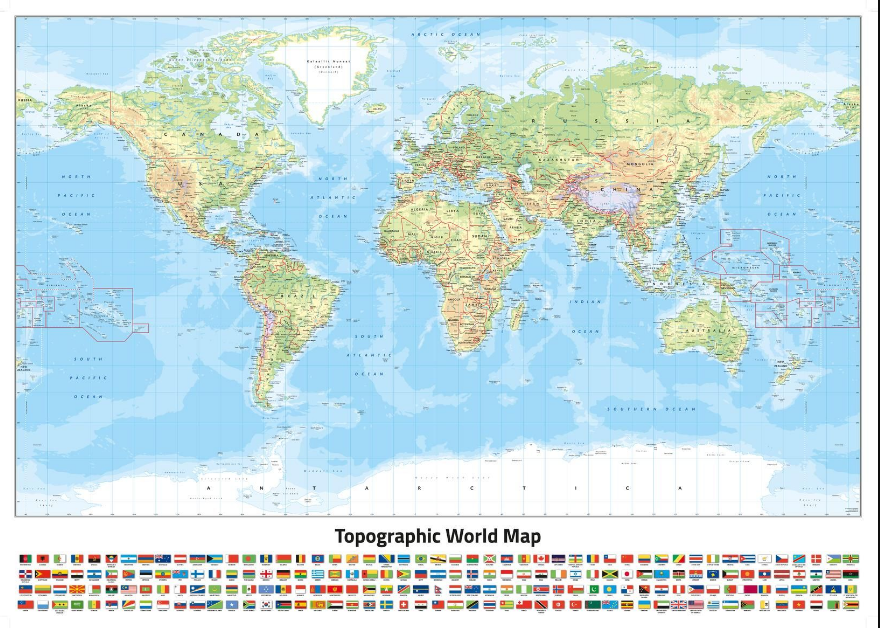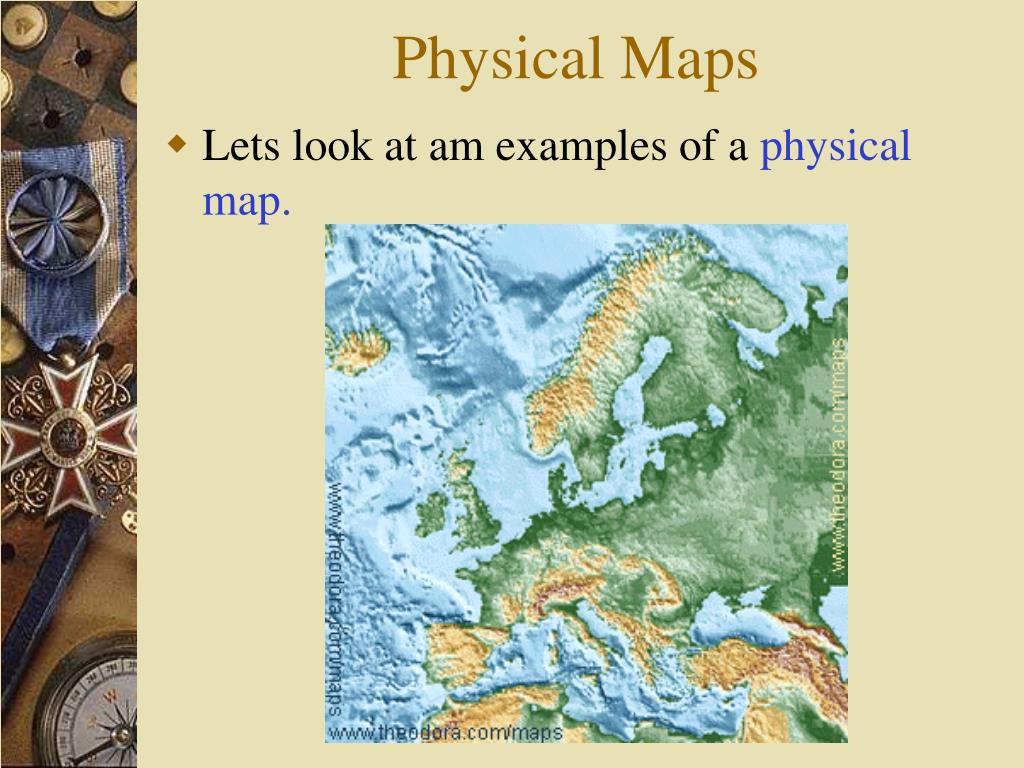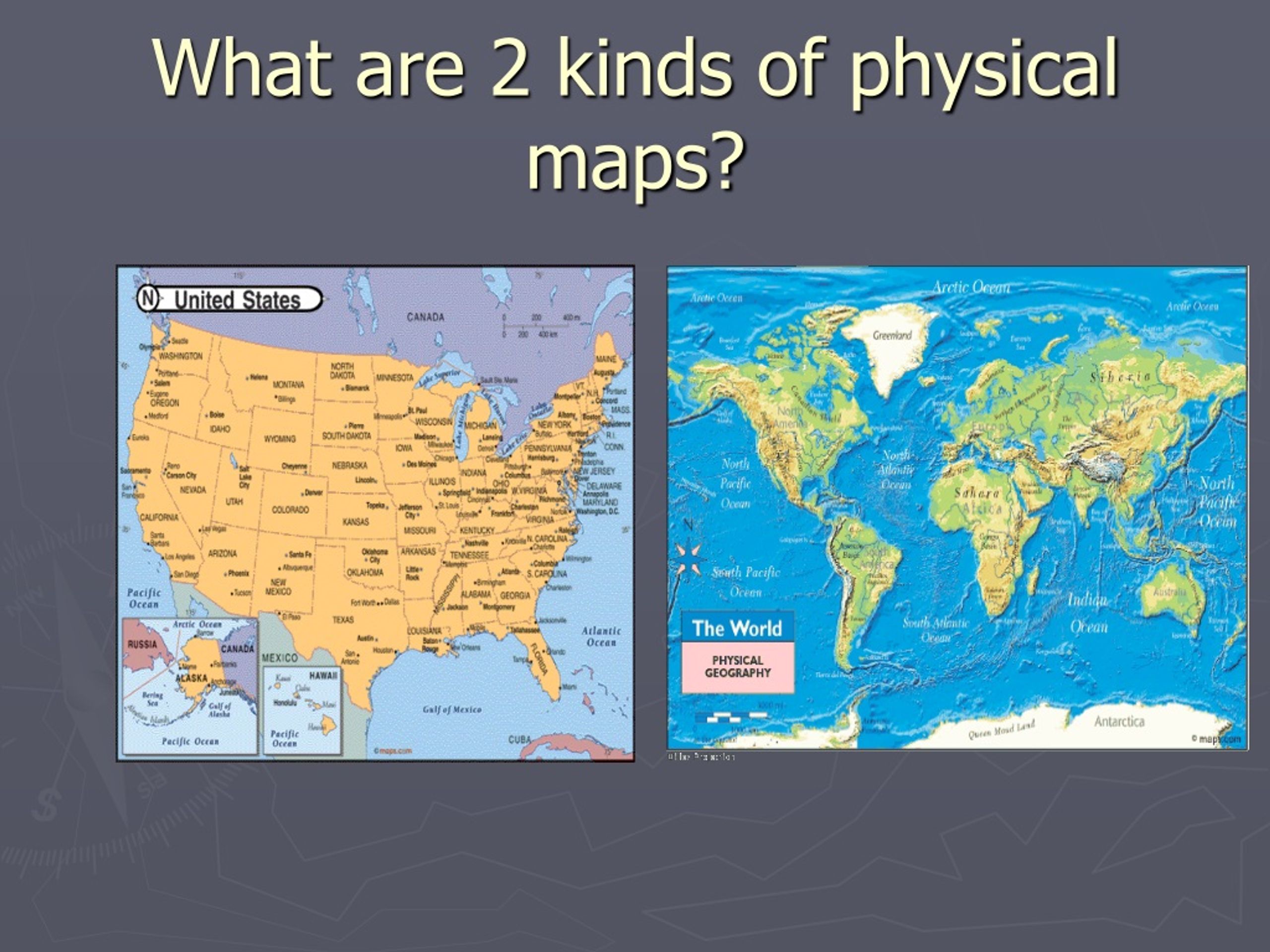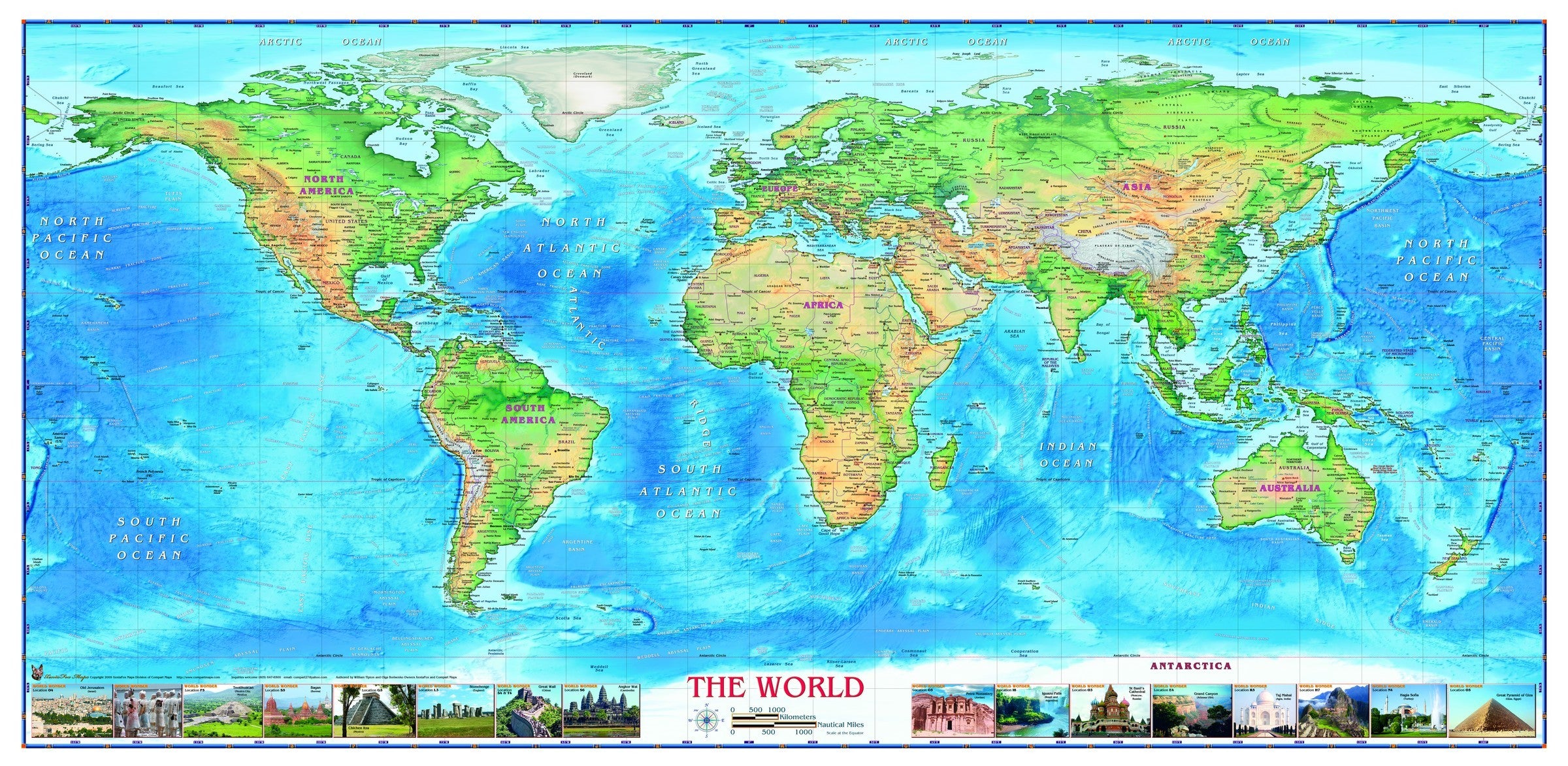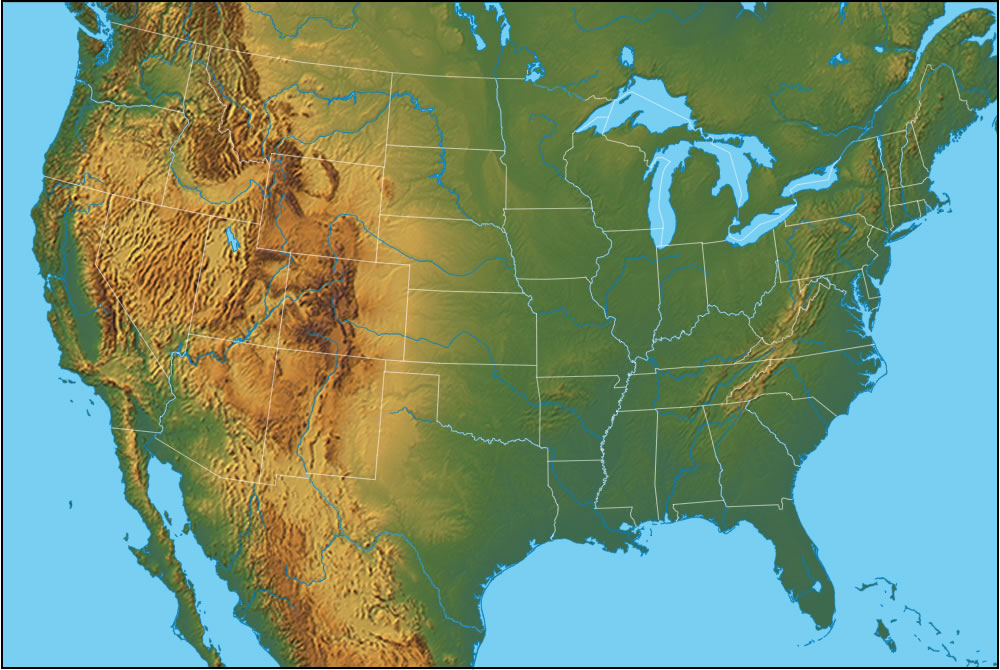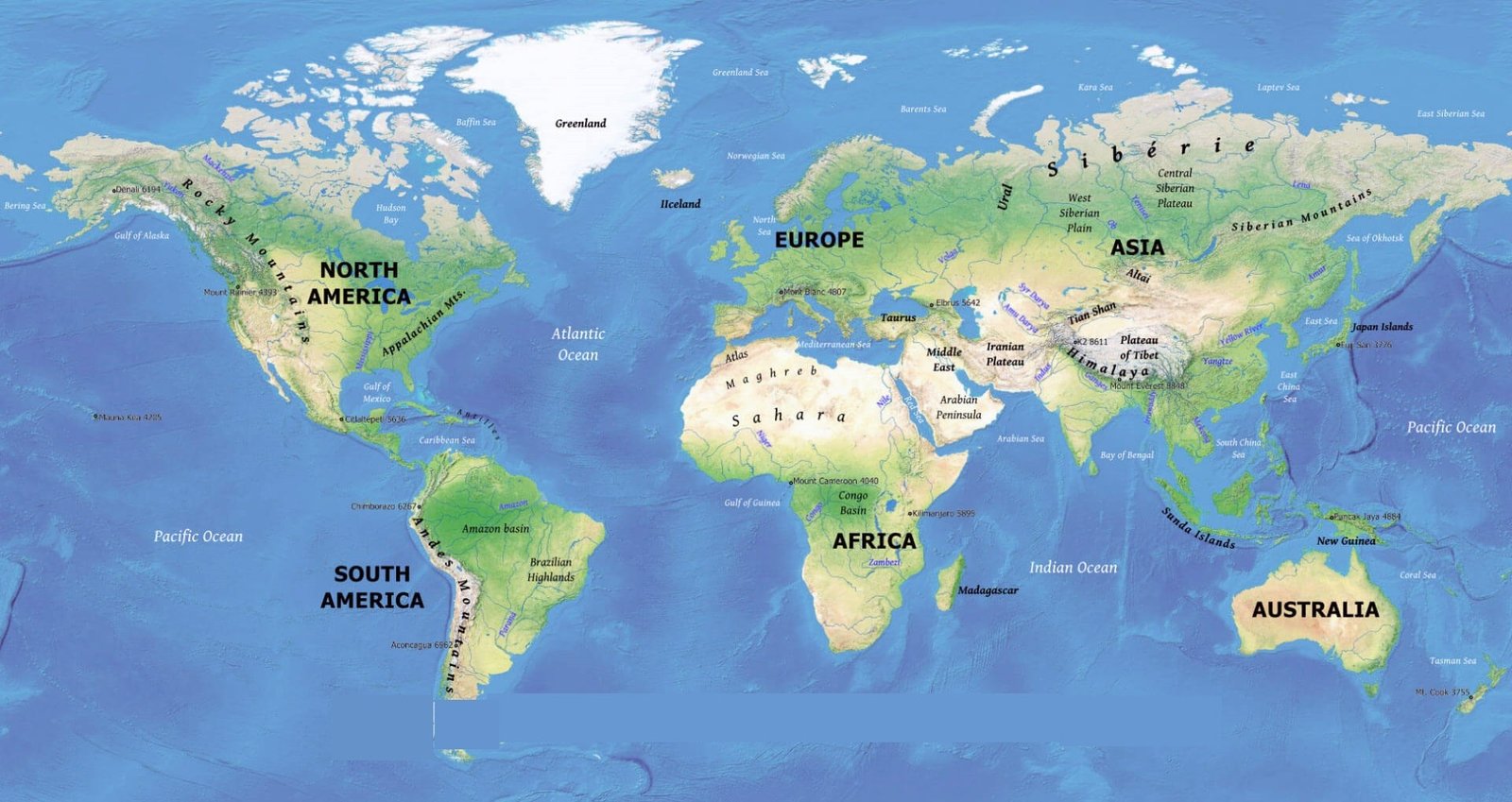What Does A Physical Map Show
What Does A Physical Map Show. A map is a symbolic representation of selected characteristics of a place, usually drawn on a flat surface. Physical maps are designed to show the natural landscape features of Earth. They teach about the world by showing sizes and shapes of countries, locations of features, and distances between places.

For example, it has information about the distribution of deserts, mountains, lowlands, valleys, water bodies, etc.
The main objective of a physical map is to show landforms, bodies of water and other geographical features. These maps also provide information about the natural features' shape, height, and depth. A palette of greens often displays elevations.This often refers to elevation of land (contour lines) or depth of water, but can also include rivers and lakes, deserts, forest, snowy regions, and so on.
Physical Map definition: The definition of a physical map is a depiction of the geographic features of an area.
Bodies of water are commonly shown in blue.
They are best known for showing topography, either by colors or as shaded relief. The color blue is used for water sources like rivers and oceans. Physical maps are designed to show the natural landscape features of Earth.
Physical maps can also show the types of soil or the built infrastructure of a region, such as roads, railway lines, and buildings.
Some modified versions of a physical map also show things such as rainfall and temperature of a place. Physical maps use color most dramatically to show changes in elevation. Table of Contents show What type of map shows natural features?


